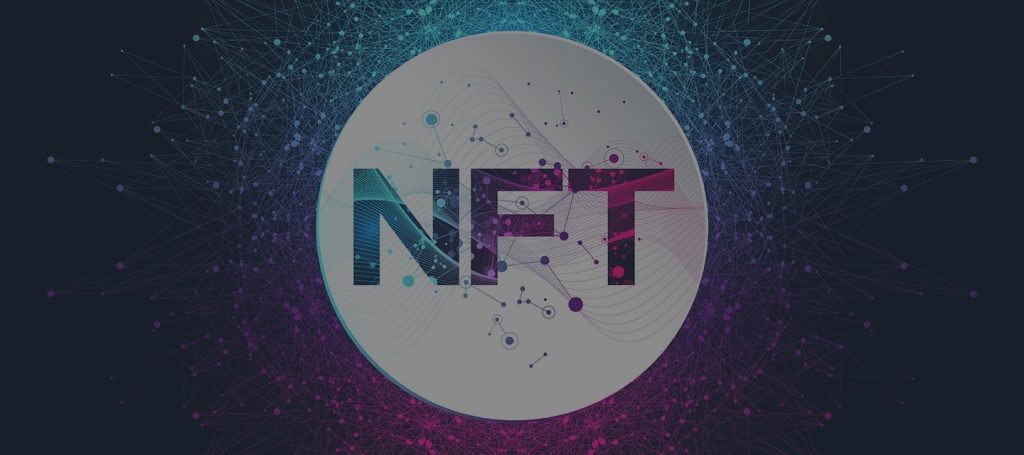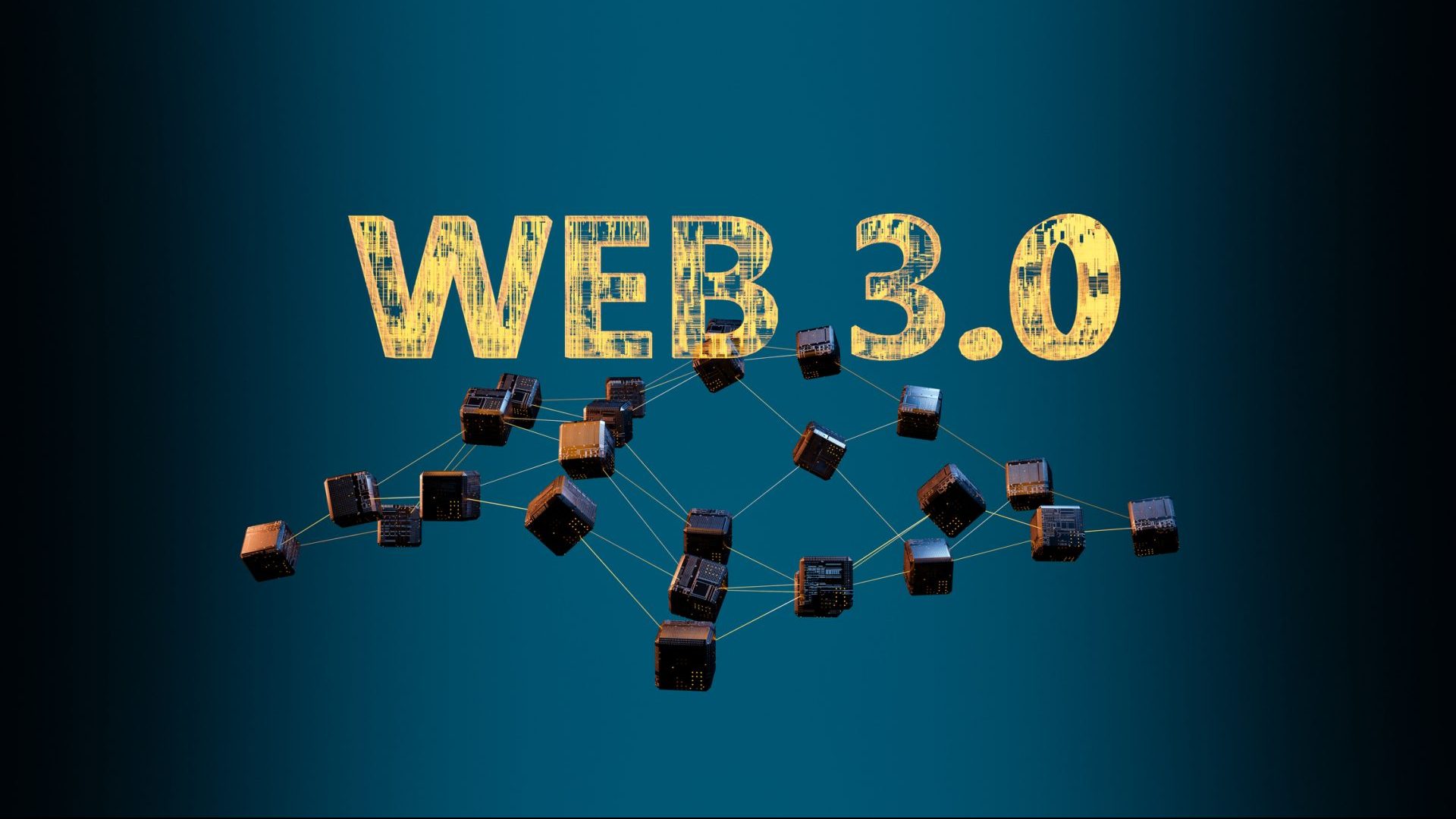Web3 investing: A new era of digital innovation and investment opportunities, with blockchain and smart contracts. In this article, we will delve into the pivotal role that blockchain and smart contracts play in Web3 investing, exploring the basics, benefits, risks, security, transparency, the emergence of non-fungible tokens (NFTs), and the potential growth opportunities in Web3 investing.
Understanding the Basics of Blockchain and Smart Contracts in Web3 Investing
Blockchain technology and smart contracts form the foundational infrastructure of Web3 investing. Let’s begin by understanding the basics of these two components:
Blockchain:
Blockchain is a decentralized, distributed ledger technology that records transactions across a network of computers. Each record, or “block,” contains a set of transactions, and these blocks are linked together in chronological order, forming a chain. The ledger is secure, transparent, and immutable, meaning once data is added to the blockchain, it cannot be altered or deleted.
Web3 harnesses blockchain technology to create a trustless environment, reducing the need for intermediaries and central authorities. This is particularly advantageous for investments, as it can eliminate third-party risks and fraud.
Smart Contracts:
Smart contracts are self-executing agreements with the terms of the contract directly written into code. They automatically execute and enforce the terms of the contract when predefined conditions are met. Smart contracts run on blockchain platforms, and they can handle a wide range of applications, from simple transactions to complex operations, in a decentralized and automated manner.
In the context of Web3 investing, smart contracts enable automated and secure transactions, allowing investors to engage in various activities, such as decentralized finance (DeFi) lending, yield farming, and more, without relying on traditional financial institutions.
The Benefits and Risks of Investing in Web3 Using Blockchain and Smart Contracts
Web3 investing offers both benefits and risks, many of which are closely tied to blockchain and smart contracts.
Benefits:
Transparency: Blockchain technology provides an immutable ledger that is transparent to all participants. Every transaction is recorded and visible to anyone, which can help reduce fraud and provide trust in investments.
Security: The cryptographic security of blockchain technology makes it extremely difficult to alter or counterfeit transaction records. This enhances the security of digital assets and investments.
Efficiency: Smart contracts automate processes, reducing the need for intermediaries and minimizing the time and costs associated with traditional investments.
Accessibility: Web3 investments are accessible to anyone with an internet connection, providing financial opportunities to a global audience.
Reduced Counterparty Risk: Transactions are executed based on predefined conditions, reducing the risk of counterparty default.
Risks:
Volatility: The Web3 space is known for its price volatility, especially in cryptocurrencies. This can result in significant gains but also substantial losses.
Regulatory Uncertainty: The regulatory landscape for Web3 investments is still evolving, which can create uncertainty for investors.
Smart Contract Vulnerabilities: Smart contracts are code, and like any software, they can have vulnerabilities. If a smart contract contains a flaw, it may be exploited by malicious actors.
Irreversible Transactions: While immutability is a benefit, it can also be a drawback. Mistaken transactions or investments cannot be easily reversed.
Loss of Private Keys: The loss of private keys can lead to the permanent loss of access to digital assets.
The Importance of Security and Transparency in Web3 Investing with Blockchain and Smart Contracts
Security and transparency are two critical factors in Web3 investing, made possible by the use of blockchain and smart contracts.
Security:
Blockchain technology’s inherent security features, such as cryptographic encryption, decentralized storage, and immutability, make it robust against hacking and fraud. However, to enhance security in Web3 investing, it is essential to consider the following:
Secure Wallets: Use secure digital wallets to store your digital assets and private keys. Hardware wallets, like Ledger or Trezor, are known for their high level of security.
Smart Contract Audits: Before investing in a project using smart contracts, verify that the contracts have undergone rigorous code audits to identify and mitigate potential vulnerabilities.
Multi-Signature Wallets: Implement multi-signature wallets to require multiple approvals for transactions, adding an extra layer of security.
Transparency:
Transparency in Web3 investing is a result of the open, immutable nature of blockchain technology. It fosters trust and accountability. To ensure transparency, consider the following:
Public Ledgers: Transactions on blockchain networks are publicly recorded and can be verified by anyone. This provides a level of transparency that traditional financial systems often lack.
Auditable Smart Contracts: Smart contracts should be open for inspection, allowing investors to review the code and verify the terms of the contract.
On-Chain Analytics: Utilize blockchain explorers and on-chain analytics tools to gain insights into the movements of digital assets and transactions.
Community and Information: Engage with the Web3 community to stay informed about the latest developments, projects, and best practices.
The Role of NFTs (Non-Fungible Tokens) in Web3 Investing and Their Connection to Blockchain and Smart Contracts
Non-fungible tokens (NFTs) have emerged as a prominent use case for blockchain and smart contracts within the Web3 ecosystem. NFTs are unique digital assets that represent ownership of a specific item, artwork, collectible, or digital content. Here’s how NFTs are connected to blockchain and smart contracts in Web3 investing:

Blockchain and NFTs:
NFTs are typically built on blockchain networks, such as Ethereum, Binance Smart Chain, or Flow. These blockchains provide the infrastructure for creating, buying, and selling NFTs.
NFT ownership and transaction history are recorded on the blockchain, offering proof of authenticity and provenance for digital assets.
Smart Contracts and NFTs:
Smart contracts facilitate the creation and transfer of NFTs. When you purchase an NFT, a smart contract is often used to automate the transfer of ownership.
Smart contracts can also be used to establish royalty mechanisms for NFT creators. When an NFT is resold, the original creator can receive a percentage of the resale value through the smart contract.
Web3 Investing and NFTs:
NFTs have created investment opportunities in digital collectibles, virtual real estate, art, and even in-game assets. Investors can buy, hold, and trade NFTs, with the potential for significant returns if the value of these digital assets appreciates.
NFTs can also be used as collateral in DeFi platforms, allowing investors to access loans while still retaining ownership of their NFTs.
The NFT market has shown incredible growth, and while it offers unique investment possibilities, it also carries the risk of speculation and price volatility. As with any investment, due diligence is crucial when considering NFTs.
The Future of Web3 Investing with Blockchain and Smart Contracts and Potential Growth Opportunities
The future of Web3 investing with blockchain and smart contracts is filled with potential growth opportunities. Here are some key areas to watch:
Decentralized Finance (DeFi): DeFi continues to evolve, offering new financial services and investment opportunities. Yield farming, liquidity provision, and lending protocols built on blockchain and smart contracts are gaining popularity.
NFTs and Digital Collectibles: The NFT market is expanding beyond art and collectibles into virtual real estate, metaverse assets, and in-game items. As more industries explore NFTs, investors have diverse opportunities.
Cross-Chain Integration: Projects like Polkadot and Cosmos aim to enhance interoperability between different blockchains, allowing assets and smart contracts to move seamlessly across chains. This can open up investment opportunities that bridge various networks.
Decentralized Autonomous Organizations (DAOs): DAOs, enabled by smart contracts, are gaining prominence as community-driven organizations where members make decisions and manage funds collectively. Investing in DAOs can provide a voice in project governance and revenue-sharing.
Web3 Infrastructure: Investments in the infrastructure supporting Web3, such as Layer 2 scaling solutions, blockchain-as-a-service platforms, and cross-chain bridges, are essential for the ecosystem’s growth.
Regulatory Developments: As regulatory frameworks for Web3 investments continue to evolve, it’s crucial to stay informed about how these changes may affect your investment strategies.
Innovative Use Cases: Keep an eye on emerging Web3 use cases and projects that aim to disrupt traditional industries. Innovations in supply chain management, healthcare, and identity verification are just a few examples.
Conclusion
Blockchain and smart contracts are the bedrock of Web3 investing, offering transparency, security, and efficiency to the world of digital assets and decentralized applications. Understanding the basics, benefits, and risks of these technologies is crucial for investors seeking to navigate the Web3 landscape.
The importance of security and transparency cannot be overstated, and due diligence is essential to mitigate risks. Additionally, the rise of NFTs has introduced new investment opportunities and a dynamic market, but investors should approach this space with caution and a critical eye.
The future of Web3 investing is promising, with opportunities ranging from DeFi and NFTs to cross-chain integration and DAOs. As the ecosystem continues to evolve, staying informed about developments, adhering to best practices, and maintaining a long-term perspective will be key to success in Web3 investing. With blockchain and smart contracts as the foundation, Web3 offers a realm of possibilities for investors and entrepreneurs alike.

